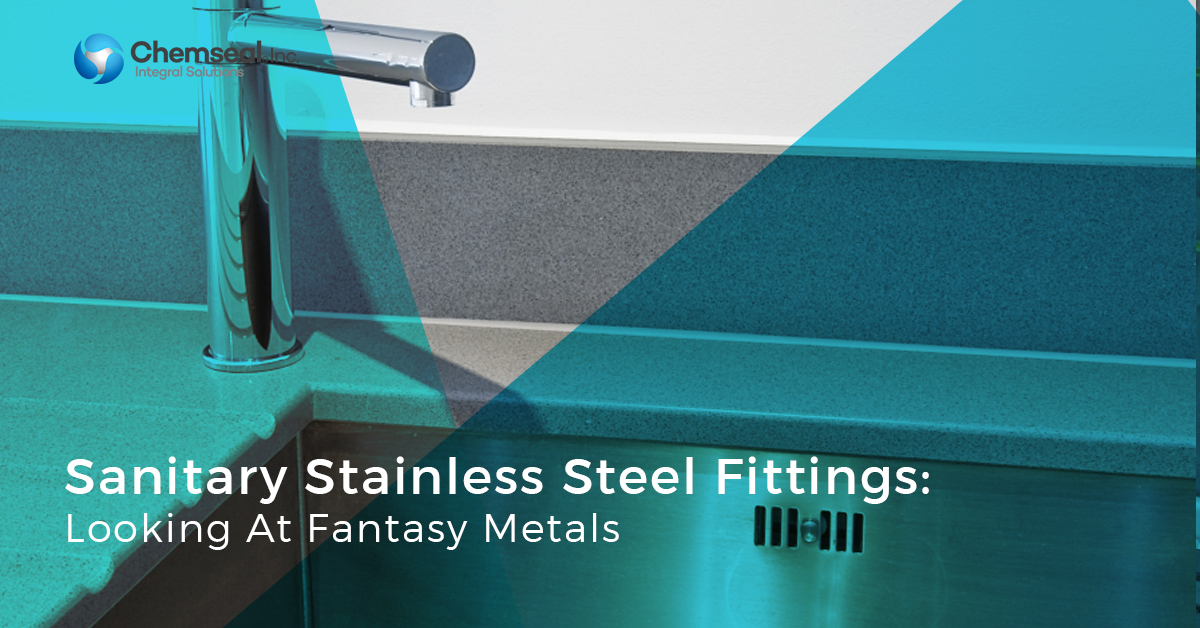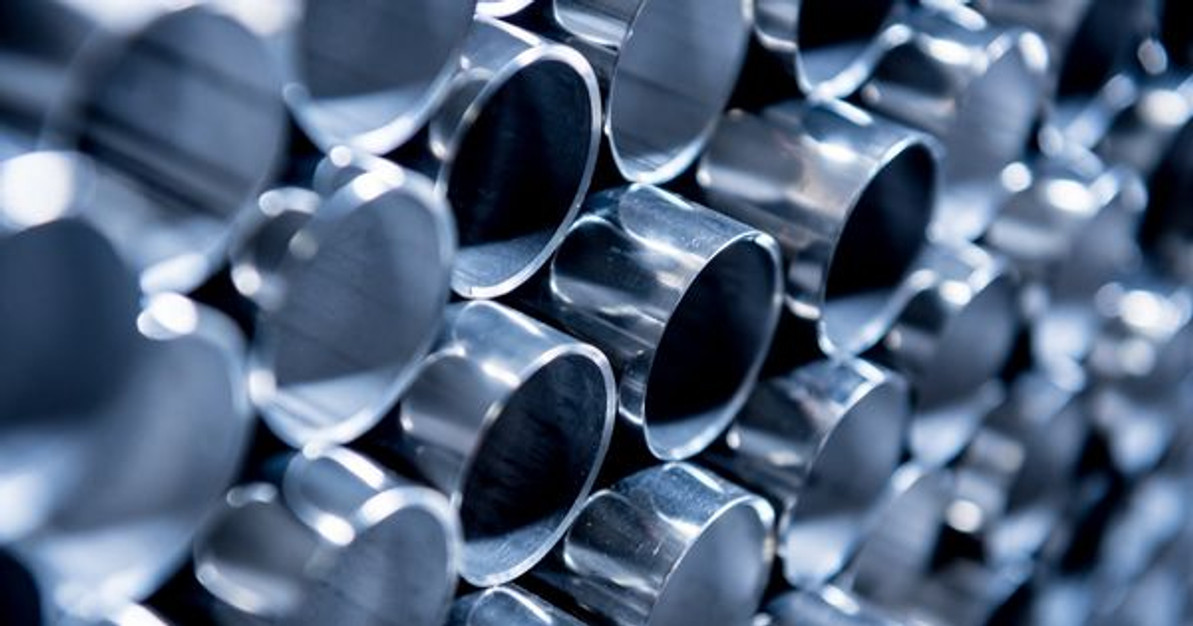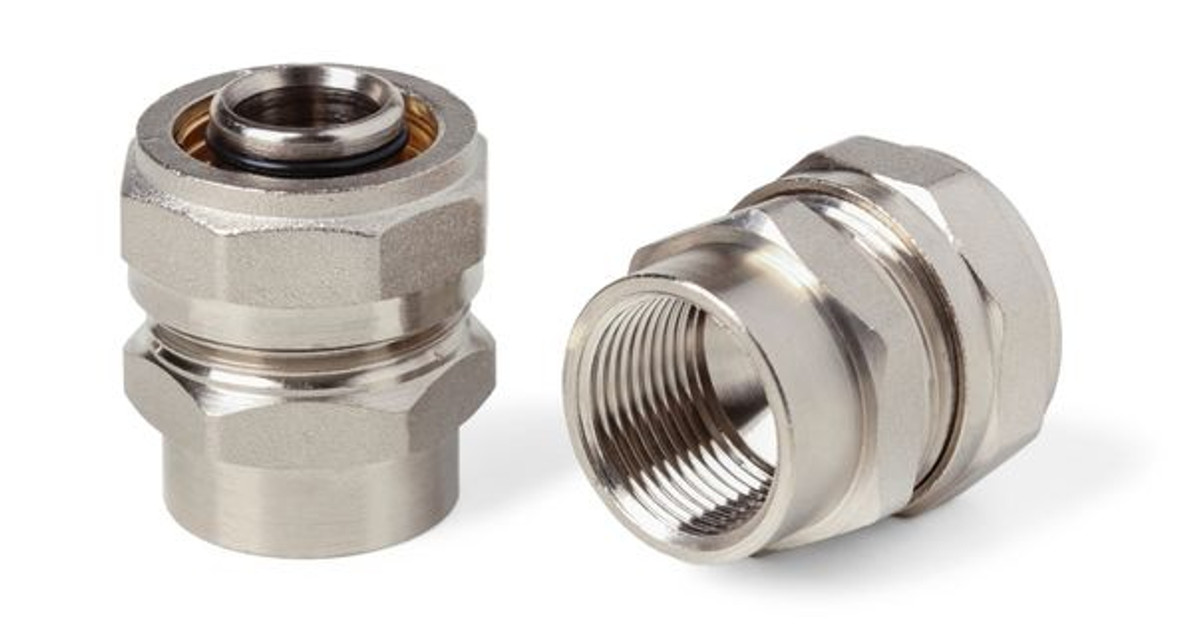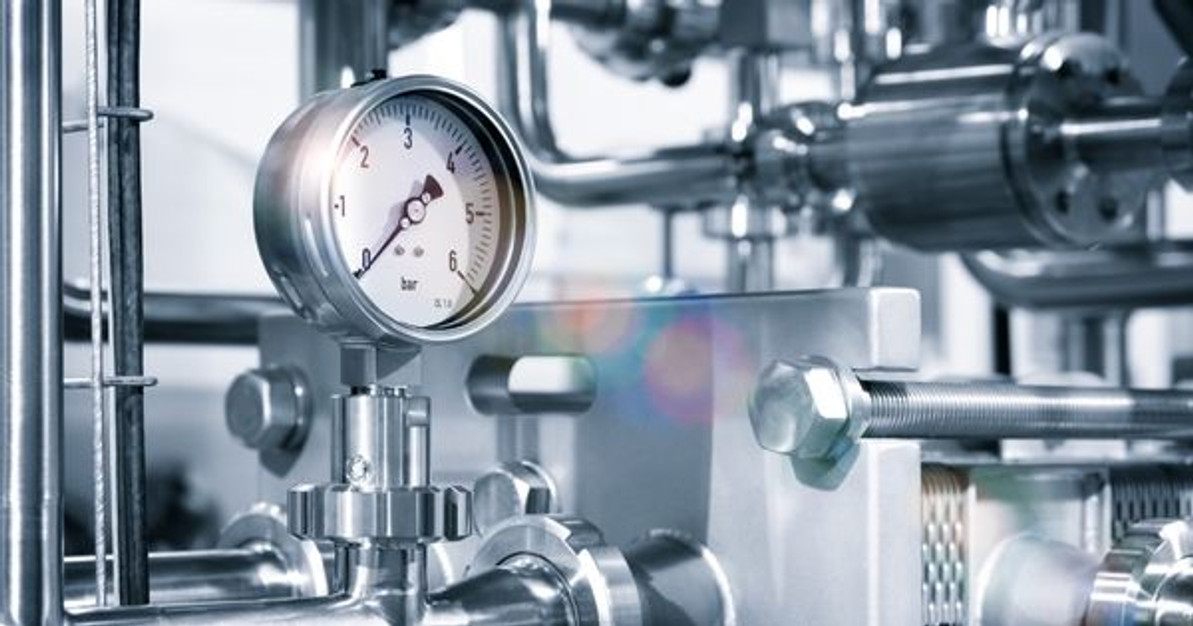 Jul 21st 2017
Jul 21st 2017 Sanitary Stainless Steel Fittings: Looking At Fantasy Metals

Did you you know that’s an array of fictional metals out there, common in folklore and mythology? They’re commonly known as ‘fantasy metals.’ Metallurgy, the branch of science and technology that is concerned with the properties of metals and their corresponding production and purification, is an interesting area of science (well, to us, at least) that looks at real metal materials as well as ones that simply don’t exist.
We’re Passionate About All Metals At Chemseal
You see, in real life, a metal is an element of the periodic table which belongs to one of certain groups (or columns) and has a specific type of crystal lattice with free electrons. In fact, metals are so prevalent on the periodic table of elements that each element is typically classified under ‘metals,’ ‘nonmetals,’ or ‘metalloids.’
You can probably tell that we’re pretty excited about metals and our signature stainless steel fittings here at Chemseal, and we’re also interested in talking about these fantasy metals that don’t actually have a place on the periodic table of elements, or even in this reality. Continue reading on below to get a little more context behind these strange yet intriguing metal types, and don’t forget to shop our stainless sanitary fittings to get the finest quality for your hygienic fluids operation. Let’s begin.
Fiction and Fantasy
So what do fantasty metals look like in mythological worlds? After all, they’re not of this Earth, so you’d think that they have some type of magic properties or something like that. Well, in fictional environments, these metals are often described as glimmering, shiny things with wonderful and supernatural properties like extreme strength, lightness, magic resistance, and so forth - again, often not remotely resembling any of the metals that are actually found on the periodic table. Though, like real metals, fantasy metals are typically split into three categories: ores, catalysts, and alloys.
In mythology and fictional worlds, you also might notice that real metals that are brittle, soft, flammable, or react violently with water or air are essentially useless for smithing swords and shields. Though these metallic properties are rather accurate in real life, you’ll almost never see them in fantasy. We’re not exactly sure why that is the case; maybe it is because they are not cool or tough enough compared to these magical metals. After all, fantasy metals are known to be described as ‘shiny and wondrous,’ or at least, that’s what the common trope says.
Fantasy Metals And Pop Culture
Keep in mind that this trope is mostly a fantasy trope, to be clear. So, various science-fiction examples of this trope are only good if they are from a work that is, shall we say “science” in name only - four-color comics or space fantasy stories like Star Wars or Warhammer 40,000 come to mind. Therefore, harder-science metal materials that are actually explained as high-tech alloys with relative verisimilitude are not good examples of this fantasy trope.
To illustrate this point, think of it this way: In a nutshell, Wolverine’s characteristic adamantium and Boba Fett’s Mandalorian iron are good examples of this trope, whereas a composite alloy of titanium and carbon nanotubes is not. It is generally considered that real life examples are only allowed if they are in fact occult superstitions (such as hard mercury) or well-known hoaxes (like red mercury). Now that we’ve beaten this point into the ground, let’s take a look at some of the most often-encountered types of fantasy metals.
Mithril
This is a lightweight, super-strong and silvery metal that also goes by various spellings including mithral, mythral (think mythology, here) and mythril. This fantasty metal is comparable to that of real-world metal titanium. The name is created from the fictional language Sindarin, and means ‘silvery glitter.’ Mithril first appeared in J.R.R. Tolkien's Lord of the Rings as an ‘Infinity Plus One Metal,’ but in later (post-Tolkien) examples, Mithril is actually considered a mid-level miracle metal only, which is above steel but below the mighty adamantium. Speaking of which…
Adamantium
Adamantium, also known as adamantine, adamantite or adamant, is a well-known fantasy metal in the pop culture community. It is particularly famous for being bonded to the skeleton and bone claws of the X-Men character Wolverine. The name comes from the Greek word ‘adamas,’ meaning ‘diamond.’ The name makes sense, because this metal is diamond-hard and much more strong and resilient as compared to actual diamond. When adamantium isn’t described as completely indestructible and given more down-to-earth properties, it roughly resembles the real-world metals of tungsten and rhenium.
Orichalcum
This metal first appeared in Plato’s version of the Atlantis myth. Also spelled as orichalcon, orihalcon or orichalc, the name means ‘mountain copper’ in Greek, and indeed, it often appears as the color of copper or bronze. Orichalcum is considered a fairly dynamic fantasy metal because its properties vary heavily from source to source. Sometimes orichalcum’s main properties reside in its strength, its high value, its room-temperature superconductivity, or its magic resistance. Also, sometimes orichalcum is said to float.
Meteoric Iron
Meteoric iron actually has some basis in reality, believe it or not. While meteoric iron is indeed a real alloy, its depiction in fantasy worlds is often very different than the real thing. Meteoric iron is also called varying terms throughout folklore like sky iron, thunderbolt iron, star iron, and so forth. The typical ‘miraculous’ meteoric iron is a jet-black type of metal that is much stronger than regular iron and often has magical properties as well.
Hihi’irokane
Hihi’irokane is more or less the Japanese equivalent of Orichalcum, and can be variously translated as crimson ore or scarletite. This metal material first appeared in the pseudo-historical Takenouchi Documents sometime in the 1930s. Hihi’irokane is Japanese for ‘flame-colored metal’ or ‘brilliant scarlet metal.’ In most depictions of hihi’irokane, it is rustproof, ultra-hard, and also is an excellent conductor of both heat and spiritual energy, sometimes to the extent that it is warm to the touch of the user.
Cold Iron
Cold iron can also be called cold steel, wrought iron, and magnetic iron, among other monikers. Cold iron is from the story of The Fair Folk, and what actually constitutes as cold iron can vary from source to source. These varying elements of cold iron include being forged with or without heat, being forged by hand, being ferromagnetic or not, possessing trace amounts of iridium, literally being cold, and so forth.
Stainless Steel Is Our Specialty
Stainless steel is a very real and useful metal alloy, as we’re sure that you’re well aware of. It’s used commonly in today’s world, all the way from your refrigerator to our sanitary fittings here at Chemseal. Whether you require high-quality stainless steel tubing, tri clover fittings, stainless steel sanitary valves, or any other niche stainless steel components, Chemseal is your comprehensive integral solutions provider. Shop our main collection now!
 Jul 21st 2017
Jul 21st 2017 Recent Posts
-
Nov 7th 2022
What Is Food-Grade Stainless Steel Tubing?
Businesses that produce food and beverage products must operate hygienically. Sterile environments a …Nov 7th 2022
-
Oct 11th 2022
Why Sanitary Fittings Are Important for the Medical Industry
Sanitary fittings are useful for many industries. Food and beverage manufacturers have used these to …Oct 11th 2022
-
Sep 23rd 2022
What Is the Max Operating Temperature for Stainless Steel?
Stainless steel is valued in many industrial applications because it’s capable of withstanding high …Sep 23rd 2022




